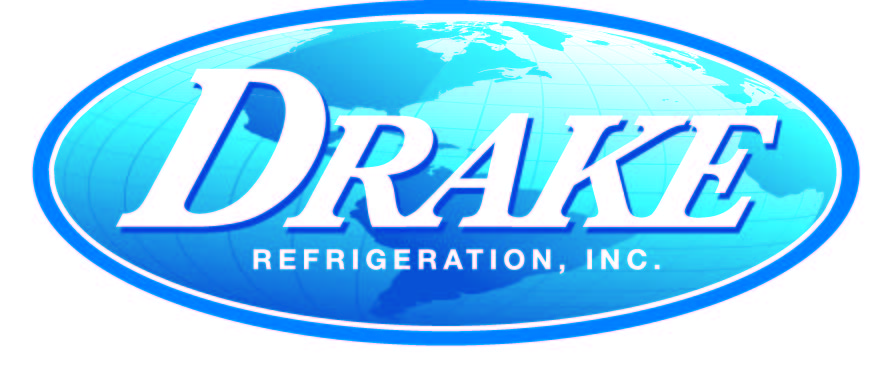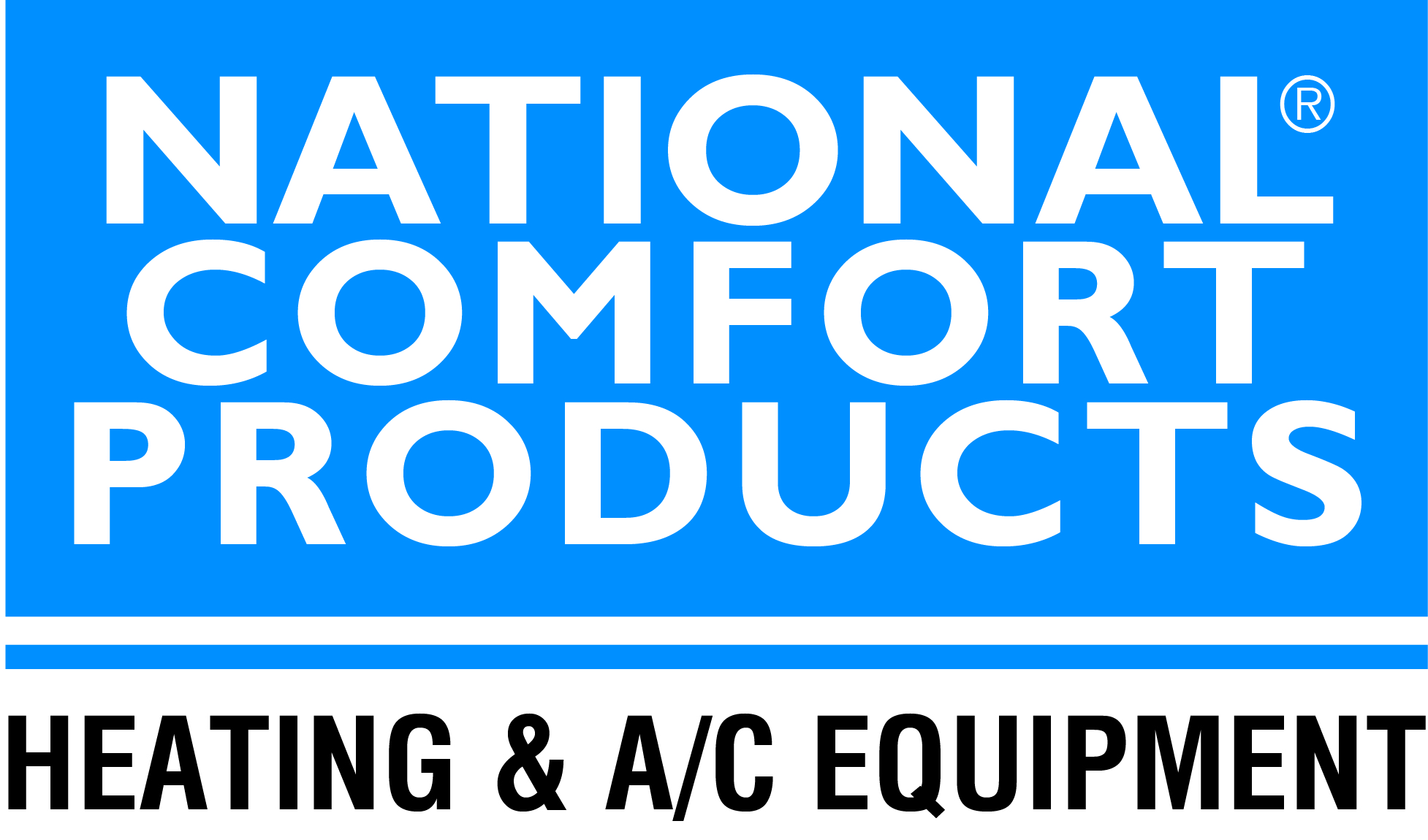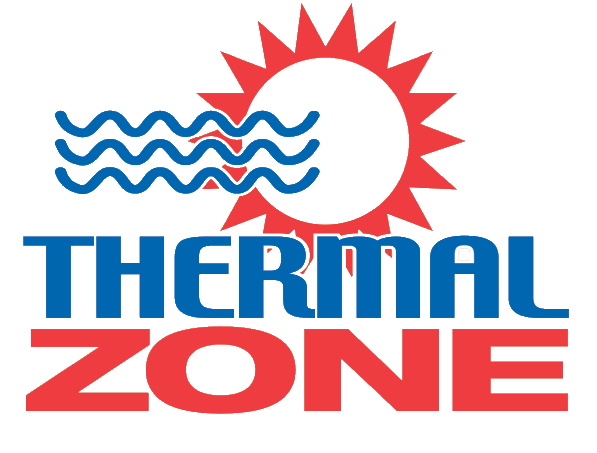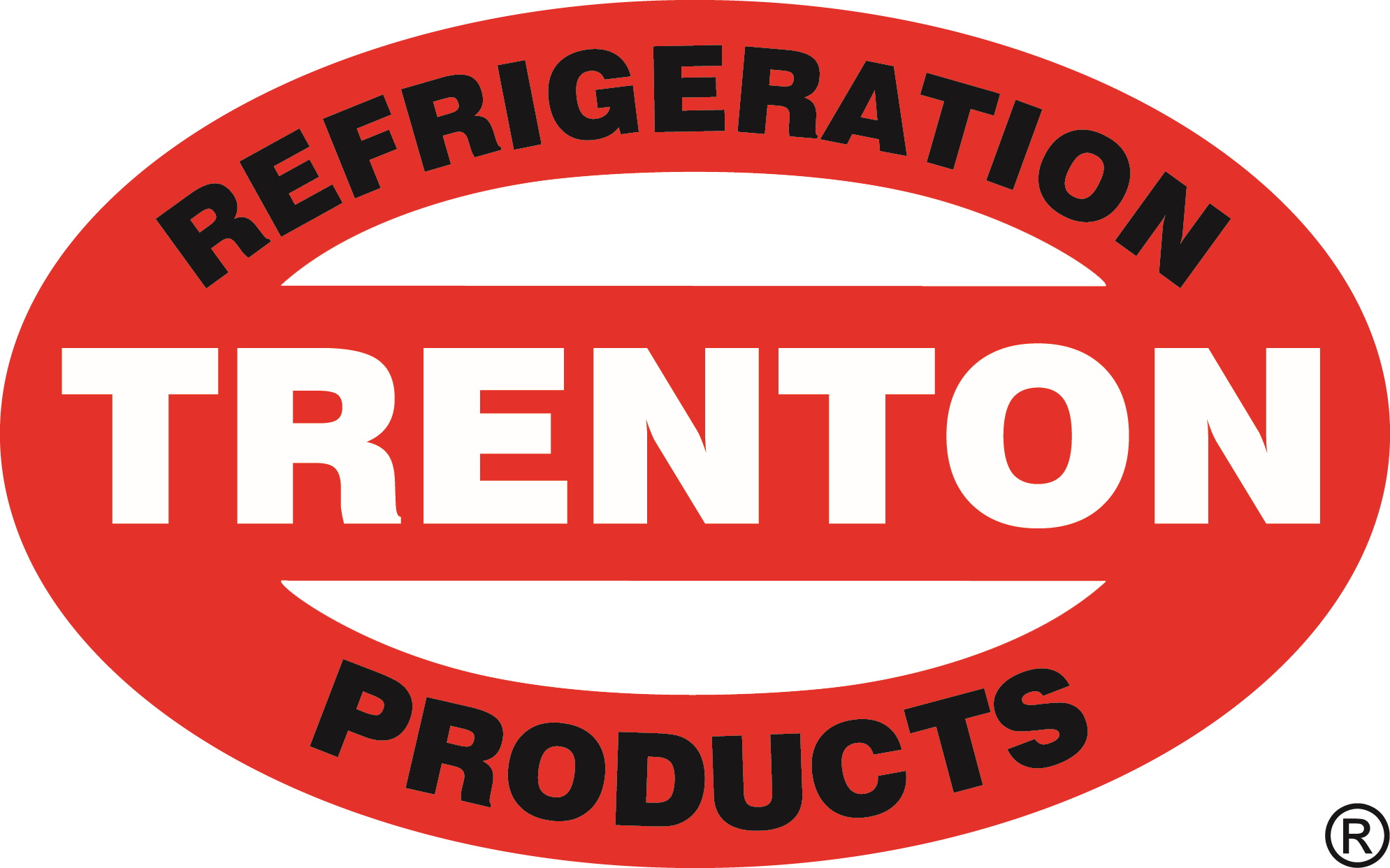Resources.
Primary Brands We Sell:












Frequently Asked Questions
Need help? Be sure to visit our support forums for answers to your questions!
Filters, filters, filters. The single most important thing is filtration. Never operate the system without a filter. Often times, when we realize a filter is dirty, we remove the dirty filter and then go get a clean one from the garage or even the store. Every second the system runs without the filter is causing significant damage to the system. Allowing the indoor coil to become impacted with dust/dirt causes a series of unfortunate events. As an indoor coil becomes impacted the airflow reduces, the heat exchanger becomes insulated, causing the evaporator to reduce the amount of heat absorbed, in turn, allowing liquid refrigerant to return to compressor. Liquid refrigerant returning to the compressor is catastrophic to your system, causing thousands of dollars in repairs. So as you can see the filter is the most important part of the system.
The drain on a system is transporting liquid water, condensed, from the water vapor in the air. This water provides an opportunity for bacteria to grow. The conditions (cold, wet and dark) add to the opportunity for bacteria to grow. The flow of water through the drain line is slow, only increasing the rate of growth. The average inside diameter of this pipe is ¾ of an inch and it does not take very long for this growth to restrict the flow to the point that the unit produces more water than can flow through the drain, resulting in water overflowing the system. The restriction is best cleared with positive pressure (compressed air, co2, nitrogen etc…) however negative pressure can be effective too (wet/dry vac) just not as effective as positive pressure. Using a drain cleaner is not advisable as the chemical action is slow, can deteriorate the pipe and can cause damage to surrounding finishes (carpet, trim, doors etc…). Using a time release pan additive can be very effective, however they can cause corrosion of metal, which is prevalent in air conditioning units, proceed with caution
Seasonal Energy Efficiency Rating. Specifically BTU capacity of the unit divided by the watts consumed by the unit. The greater the ratio between the 2 the higher the SEER rating. The minimum seer available in Florida is 14 seer. The maximum seer rating is increasing all the time due to technology. Currently, in central air systems, 29 seer is available. There are many ways to increase seer rating from a manufacturing perspective, variable speed control, staging, increased heat exchanger size. The latter being the most common. These are the reasons for the increased costs of higher seer rated equipment.
There are many people capable of changing out the air conditioning equipment in your home or business. Given the economics of using someone not certified is attractive but you must understand the true costs. Only state certified contractors are insurable in the installation of an air conditioning system. When an individual(or company) states they are licensed and insured it is ambiguous at best. Stating “licensed and insured” can mean any license and any insurance. Occupational licenses are required to operate a business in a given municipality but are no substitute for contractors licenses. Contractors licenses are required, by the state of Florida, to install air conditioners, refrigeration units etc. and insurance companies will NOT cover any one other than a contractor to install a unit. If any damage occurs during or after an install, by non state certified contractors, no insurance coverage will be applicable. Furthermore, the licensing process in the state of Florida is thorough, providing the highest likelihood of a competent install.
We have to go back to our time in science class and key on a few principles or laws of physics we learned. First we have to understand that heat is form of energy, a quantity of energy, measurable by BTU’s. Second we have to remember the 2nd law of thermodynamics; Hotter always moves to colder (not exactly how the law is worded, but that is the principle). 3rd, perhaps foremost, we need to understand how pressure affects state of matter. While pressure affects all states of matter (solid, liquid and vapor) an air conditioner keys on the latter 2, liquid and vapor. The manipulation of these 2 states of matter, by controlling the pressure of the refrigerant, is how we get the heat to move from the inside of the house to the outside of the house, through the refrigerant. Using a pump (compressor) and a restriction point (metering device) we are able to create 2 distinct pressure chambers; a high pressure chamber (condenser) and a low pressure chamber (evaporator). Each chamber will manipulate the refrigerant between liquid and vapor. The high pressure side will take a high pressure high temperature refrigerant (180 degrees +/-) and reject enough heat out of the refrigerant into the air outside to turn the vapor to a liquid, henceforth the “condenser”. This liquid refrigerant then enters the low pressure chamber. By dumping a liquid into a low pressure chamber (evaporator) the liquid relaxes and begins to boil . As the liquid boils (changing state of matter) heat is absorbed. The temperature of this liquid will be below the temperature of the air passing over it (40 degrees +/-) allowing the heat energy to enter the refrigerant and be carried to the compressor to be compressed, sent to the condenser and start the process all over again. While the science is more complicated than described, this is the principle of how your ac works, or for that matter, any refrigerating device; refrigerator, water fountain, car ac, water chiller etc…
In the cooling mode there is no discernable difference. The difference is in the heating mode. The heat pump uses the refrigerant cycle to heat the house. The refrigerant cycle is utilizes an “inductive” load (compressor motor) to heat with instead of a “resistive” load (electric heat strips). Using an inductive load allows for greater electrical efficiency than resistive loads. The heat pump has a “reversing valve” it utilizes to perform this heating process. It reverses the flow of refrigerant, sending the hot high pressure gas to the indoor unit to be condensed (turned to a liquid) giving up the heat to the indoors. Additionally the outdoor unit now becomes the evaporator absorbing heat from the outside. Remember heat is energy that exists down to -459 degrees Fahrenheit and as long as we have an object colder than the surrounding heat will move. Unfortunately heat pumps will freeze when temperatures are below 48-50 degrees. The colder it gets outside the quicker a heat pump will freeze up. This is due to the temperature of the coil outside. In order for the outdoor coil to absorb heat it must be 20-30 degrees colder than the air around it. Therefore the coil temperature will be below freezing point of water at atmospheric pressure (32 degrees f) Heat pumps are equipped with special controls to determine when coil is frozen. These controls will also control the defrosting of the coil. The defrosting process simply turns the unit back to an ac type system allowing the hot gas to melt the ice on the outdoor coil. Unfortunately this makes the indoor unit blow cold air. This is an unwelcome event when heating is desired. Therefore, during defrost, the controls will engage the electrical heat strips in the indoor unit to neutralize this cold air. Additionally, if defrost is occurring too frequently, the controls offer an “emergency heat” mode, user selectable at thermostat. This mode disables the refrigerating section and runs just the indoor unit and electric heat strips.
Filters are available in several types. Pleated, poly, spun etc.. Pleated filters last longer as they have an increased surface area due to the pleats. Pleated filter prices range from $3.00 a piece to $90.00 a piece for the 4” models. We prefer the lower cost pleated filters changed regularly. To frequency or rate at which filters should be changed should be determined by observation of filters over a period of time. Once an established interval is determined be sure to stick to the intervals as filtration issues are the main preventative measure the home owner can administer. We also highly recommend never double filtering (2 filters installed in series, 1 at return grill, 1 at unit) airflow is the single most important part of an ac system and double filtering has an adverse effect.
There are several determining factors when making this decision. The warmer you keep the temperature during cooling the less electricity you consume. Additionally less moisture is removed, which can be problematic. Moisture is actually more important to comfort than temperature. Unfortunately most ac systems control moisture inadvertently through controlling temperature. Is comfort the most important factor? Energy consumption? Unit life span? Determining set point is tailored to each individual and unit application. A strategy of setting different temperatures at different times typically addresses all concerns, however keep the set points within 6 degrees of each other, especially in the heat of summer, to avoid uncomfortable periods.

Dedicated Professionals Since 1997!
The owner of RMI is an industry leader in the service, repair, installation and design of residential, commercial and industrial AC/refrigeration systems. Our company has operated for 15 years with NO advertising, only word of mouth growing to well over 2000 customers solely on referral. Our infrastructure is ready for expansion and the technicians desire ownership, henceforth our expansion.
Each technician is required to have a technical degree in Air Conditioning and Refrigeration and sign/practice an oath of honesty and integrity. These technicians exemplify high integrity, tremendous knowledge, honesty and professionalism. If you are tired of a salesman disguised as a technician who cant fix your system then we are your company.
Commercial & Residential - LIC# CAC 1815016
We Honor Any & All Manufacturer Warranties
Primary Brands We Sell:












Location
10151 University Blvd #116
Orlando, Fl 32817
Office Hours
8:00 AM - 6:00 PM
Monday - Friday
Contact
407-405-2658
[email protected]
